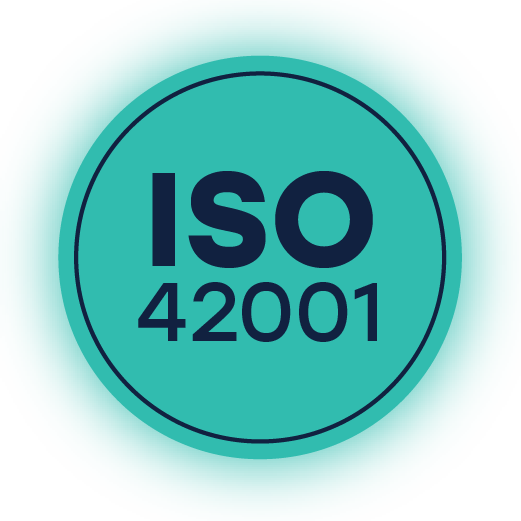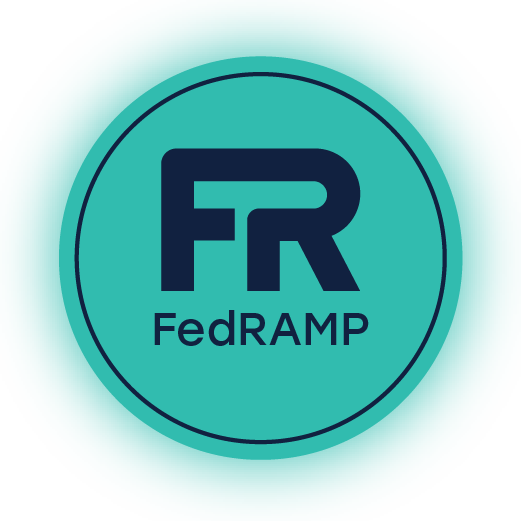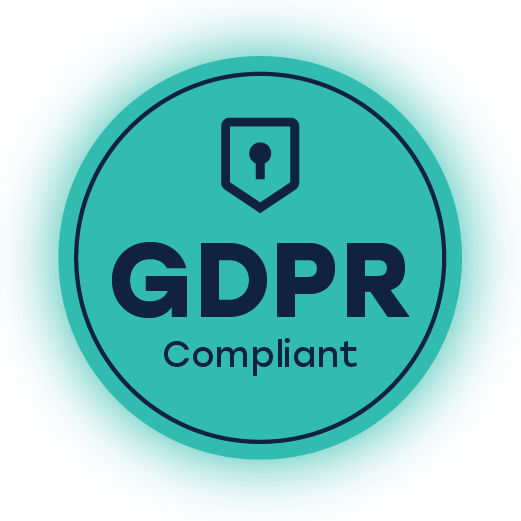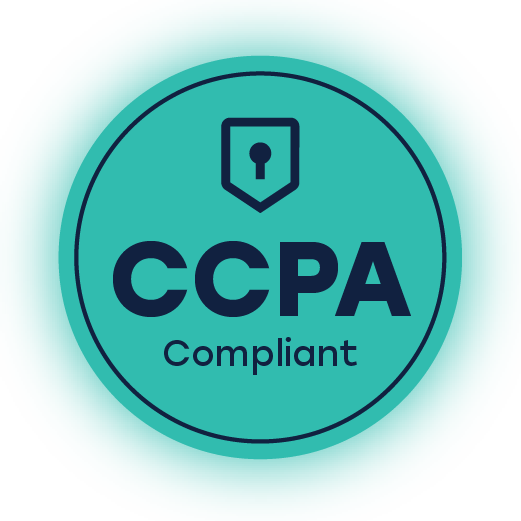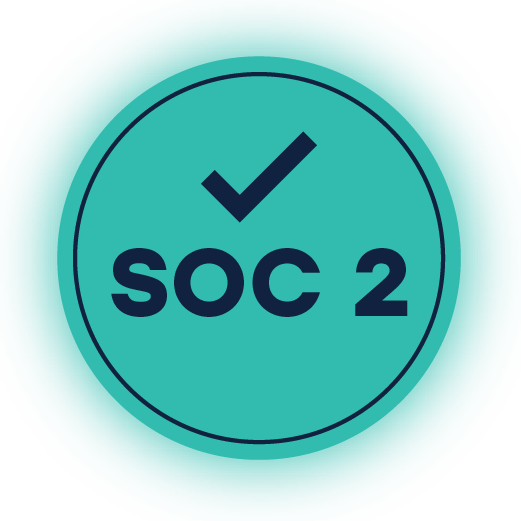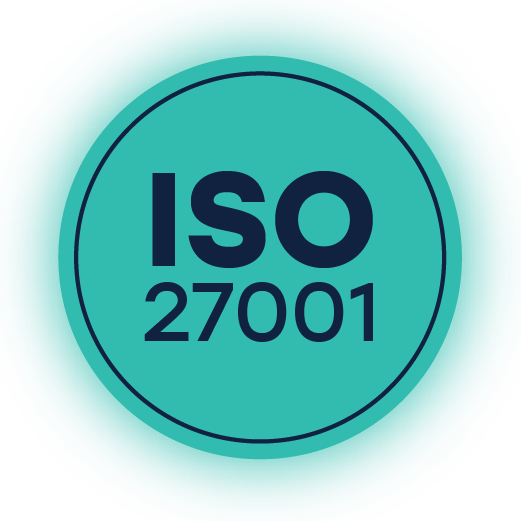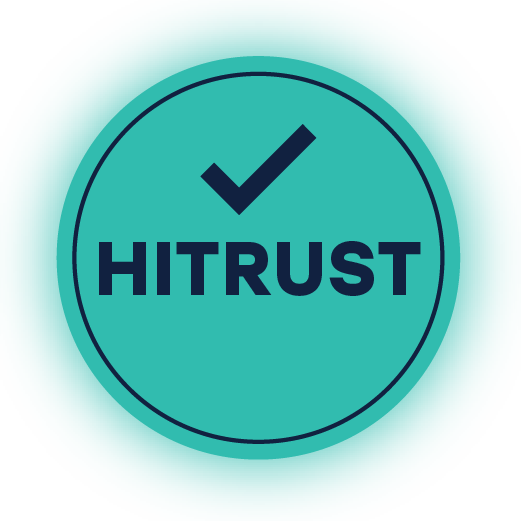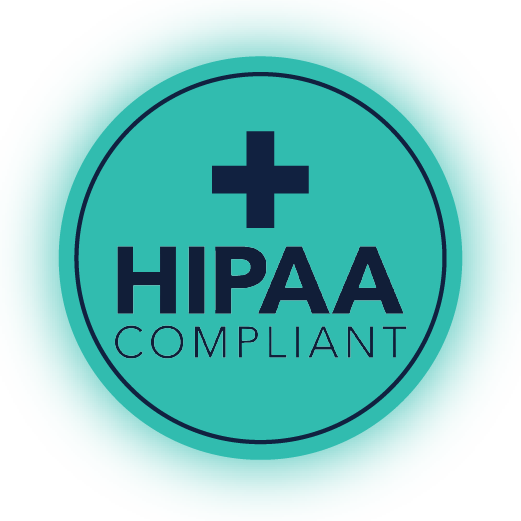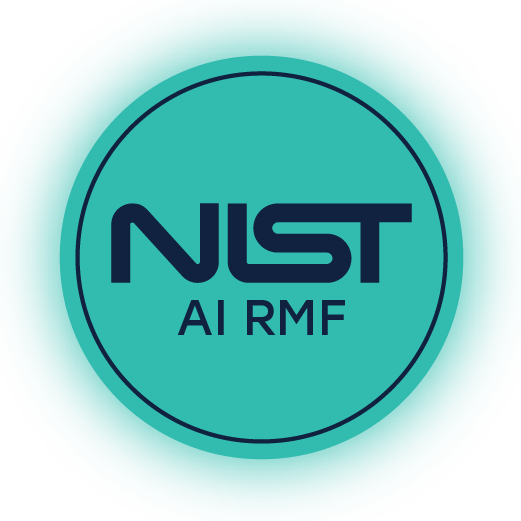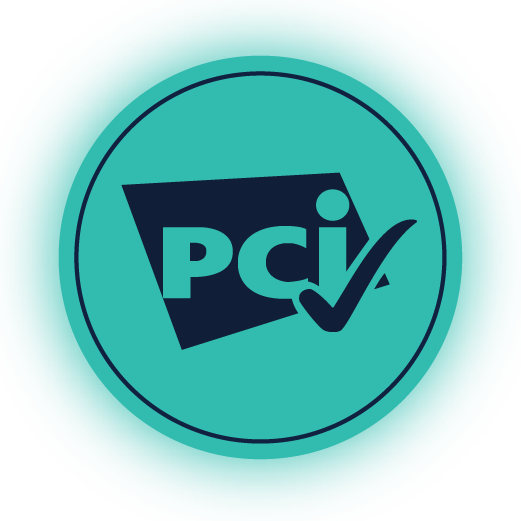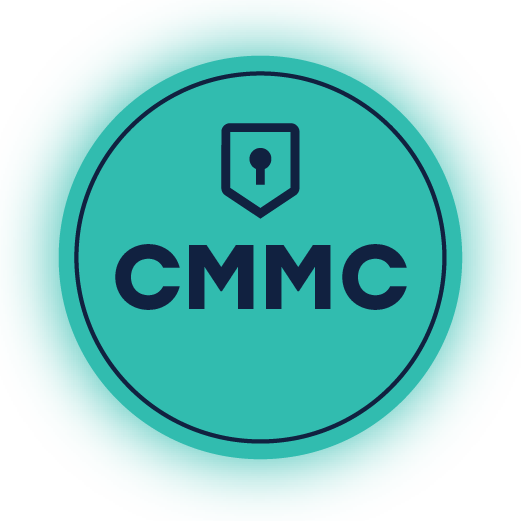achieve and maintain compliance seamlessly
Compliance as a Service
Your one-stop compliance solution—providing complete management to prepare you for audits. We help heroes tackle time limits, capacity issues, skill gaps, and security risks.

Leave Compliance to the Experts
With Trava, you’re not just purchasing a compliance tool. You’re gaining access to trusted, experienced professionals who manage the entire compliance journey. With Trava’s expert guidance, you can focus on your core business, knowing your compliance needs are covered year-round. Our Compliance as a Service offers full-service support, ensuring success with human expertise, credibility, and a 100% certification rate.
frameworks we implement and manage:
dependable, audit-ready compliance program
Trava is Your Trusted Partner
Trava’s Compliance as a Service is a management compliance program. Our experienced team frees up internal resources by handling every compliance step. From design to management, so your team can stay focused on core responsibilities.
What is included:
- Planning and Preparation: Review compliance standards and regulations (e.g., ISO, SOC, GDPR), create a detailed plan with timelines and tasks, assign team members for evidence gathering, and identify audit areas.
- GRC Implementation: We set up and manage your GRC platform, including all the bells and whistles.
- GRC Oversight: Coordinate automated evidence collection, map out controls, troubleshoot issues, delegate responsibilities, and enhance platform efficiency.
- Audit Readiness: We assess your compliance goals, review your current posture, prioritize gaps, and provide timelines to meet your targets.
- Custom Policy & Procedure Creation: We develop tailored policies and procedures that align with your business needs, risk tolerance, and compliance best practices.
- Evaluate and Develop Effective Controls: We design, deploy, and test controls that fit your business and compliance needs, ensuring audit readiness.
- Risk Assessment & Tabletop Exercises: We perform risk assessments, build risk registers, and conduct tabletop exercises to prepare for continuity and recovery scenarios.
- Incident and Business Continuity Management: We create incident management and continuity plans, run tabletop tests, and establish feedback loops to improve response.
- Technical Evidence Compilation: Collect system logs, configuration files, access records, and backup/recovery data to demonstrate compliance with security standards.
- Vendor Risk and Vulnerability Management: Trava creates vendor risk procedures, develops patch and vulnerability policies, and ensures alignment with best practices.
- Penetration Test Support: We help define the test scope, choose vendors, and optimize resources to meet compliance requirements.
- Internal Audit: Deliver documentation that assesses policies, processes, and control evidence with an objective approach to satisfy compliance readiness needed for the external audit.
- Premium External Audit Management: Act as the primary point of contact with auditors (if desired),
represent the security and compliance program to external parties, manage discussions, direct inquiries
to client teams as necessary, and coach clients on audit management. - Security Questionnaire Support: Complete one security questionnaire of up to 150 questions per month, delivering results within 5 business days.
- Trust Center Setup: Support the creation of a Trust Center, provide training on setup, and educate sales teams on its value for accelerating deal cycles.
Can your team handle a more hands on approach?
If your team has the capacity to manage some compliance tasks internally, explore our Audit/Compliance Readiness service for a structured, audit-ready program that you can oversee with confidence.
streamline your compliance journey
Why Trava’s Compliance as a Service
Stands Out
Trava’s Compliance as a Service is more than compliance setup—it’s a fully managed solution that oversees every aspect of your compliance program, adapting it as your business evolves.
Speed-to-Certification
Get audit-ready up to 75% faster than DIY options, without sacrificing quality or depth.
Tailored Design
We customize a program aligned with your business and market needs, so you can achieve compliance with confidence.
100% Success Rate
Trava’s experienced compliance team delivers a 100% success rate in guiding clients through the complexities of audit preparation.
Comprehensive Training
We don’t just set up your compliance program; we empower your team with the knowledge and skills to manage it confidently, turning compliance into a strategic advantage.
Experts
Trava’s experienced compliance team can deliver on frameworks like SOC 2, ISO 27001, NIST, HIPAA, and more. Don’t see your framework listed? Reach out to our team.
Ongoing Management
Beyond setup, we vigilantly manage your compliance program with regular testing and updates, so you’re always prepared for your next audit.
Dependable Support
Free up your team’s time and enjoy dependable, human-driven compliance management. You handle your business; we handle compliance.
Your Compliance Champions
Trava’s team is here to ensure a smooth and successful journey. We help you sleep better at night.
More Than Just Tools
We are a trusted compliance partner that believes in relationships, not just solutions.
Ready to Hand It Over?
Let the experts at Trava handle your compliance needs.
Get in Touch to see how our Compliance as a Service can keep your organization on track.


